There’s no replacement for displacement—unless you have a blower bolted onto the intake, like Kawasaki’s Ninja H2 motorcycles. These Japanese-made powerhouses use a centrifugal supercharger, forcing compressed air into the combustion chamber for more bang.
Kawasaki claims 300 hp for the top-of-the-line R version, giving it the title of the world’s most powerful production motorcycle. The compressor is so compact and spins so quickly (up to 130,000 rpm), Kawasaki had to tap its KHI aerospace and gas-turbine divisions to manufacture it after traditional supercharger manufacturers turned down the project due to its complexity.
Smaller than a gallon of milk, the 9-pound unit uses a 69 mm impeller carved from billet aluminum. It drives off the engine’s crankshaft, allowing for nearly instantaneous boost through the H2R’s 14,000 rpm powerband. As beautiful as they are functional, the blades turn 9.2 times faster than engine rpm, pushing almost 53 gallons of air per second into the inline-four engine at 2.4 times the atmospheric pressure.
The 12-blade impeller spins on ceramic bearings before “floating” on a thin film of oil, which mitigates friction and reduces heat, so there’s no need for a bulky intercooler.
Supercharger production is housed in a separate production area at the Kawasaki factory, which tests each unit before it arrives at the assembly line. Kawasaki values an individual unit at $3,436—or you can get it standard with a new H2 SX sport-touring rig, starting at $19,000.
/cloudfront-us-east-1.images.arcpublishing.com/octane/SZRCRGZRM7ZJDZDWIUBLENYBPI.jpg)
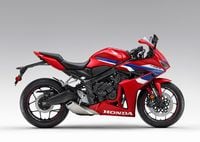
/cloudfront-us-east-1.images.arcpublishing.com/octane/WCJVB43G7VAC5N5UCBTFJXT6DA.jpg)
/cloudfront-us-east-1.images.arcpublishing.com/octane/GJZAJUJPHZDFPIOZUXFPTTZGGY.jpg)
/cloudfront-us-east-1.images.arcpublishing.com/octane/MMPNVEHLM5GYPECTODIKYKDJVU.jpg)
/cloudfront-us-east-1.images.arcpublishing.com/octane/BHSBSOJ5IFENROCJTGDDW37JPY.jpg)
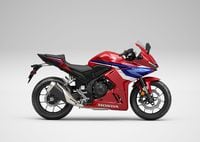
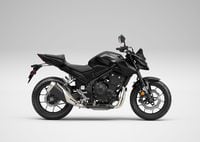
/cloudfront-us-east-1.images.arcpublishing.com/octane/FJKCDM4N6BDTDCOE4CQFSS6VQE.jpg)
/cloudfront-us-east-1.images.arcpublishing.com/octane/ZL5XFWNFJVGP3BUH245QOW4OPU.jpg)
/cloudfront-us-east-1.images.arcpublishing.com/octane/AP2OUFOAQBE3VP5TXTBNXM57PU.jpg)
/cloudfront-us-east-1.images.arcpublishing.com/octane/6TBJOYAXHRD7LEXKXVSZFESQRE.jpg)
/cloudfront-us-east-1.images.arcpublishing.com/octane/NA6GARIGNNBRRMWPCGLW7GMIPU.jpg)
/cloudfront-us-east-1.images.arcpublishing.com/octane/PFP7LTPXMZGM3P5MUQ55CRLGDQ.jpg)
/cloudfront-us-east-1.images.arcpublishing.com/octane/AANFFQ76NZHGZI32JHYLZWECZE.jpg)
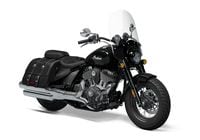
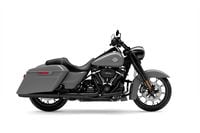
/cloudfront-us-east-1.images.arcpublishing.com/octane/HV4KF6WQSRB7XI4BIXC3RAJQFQ.jpg)
/cloudfront-us-east-1.images.arcpublishing.com/octane/OJJBMZMGB5ESVDMU7JP3DLGRNA.jpg)
/cloudfront-us-east-1.images.arcpublishing.com/octane/LKJGT7AQWNCKROINJHQZJINOLQ.jpg)
/cloudfront-us-east-1.images.arcpublishing.com/octane/C7JXP6I6HZD27NKSD5DN7W4P6M.jpg)

/cloudfront-us-east-1.images.arcpublishing.com/octane/TBWVGMFVFNE5RBQHGL3S5P6D3Q.jpg)
/cloudfront-us-east-1.images.arcpublishing.com/octane/P2LSTY5BCFBZLJGGNI4DEVDO7M.jpg)
/cloudfront-us-east-1.images.arcpublishing.com/octane/SNXNG3GGIFECLOVO4BNRRWGSOU.jpg)